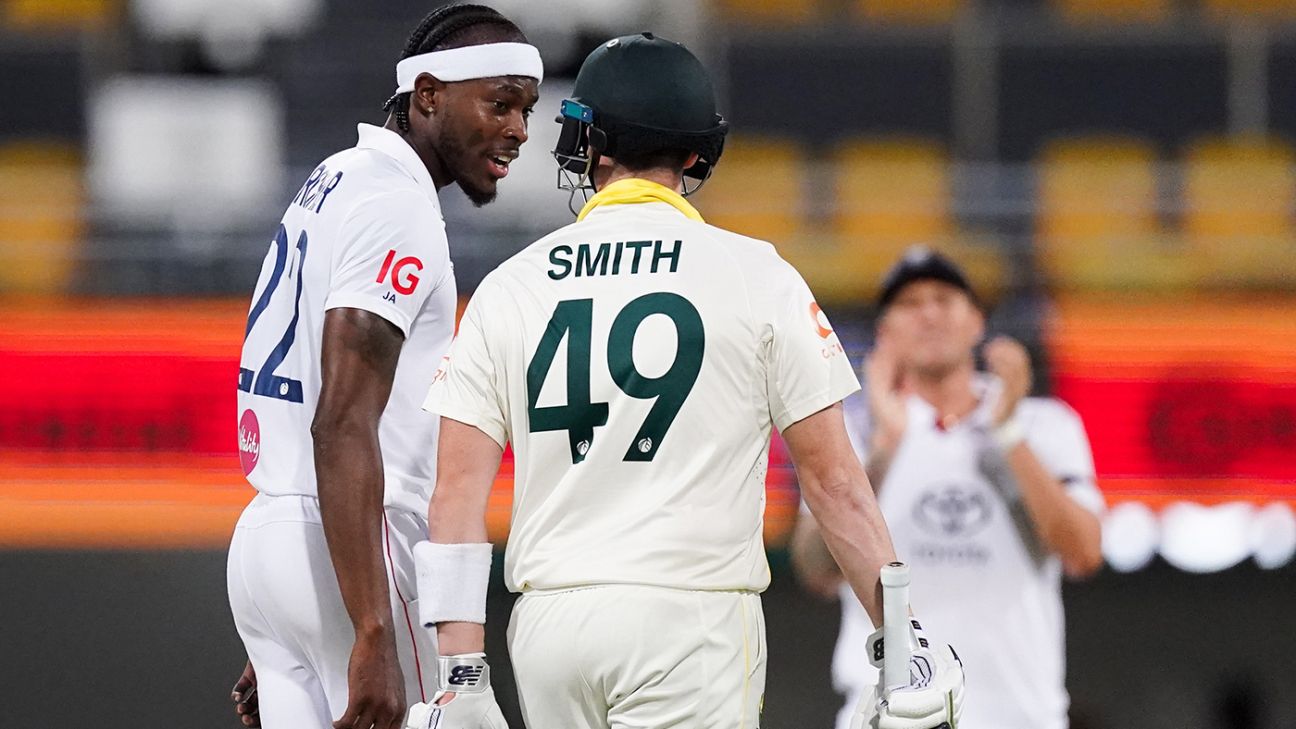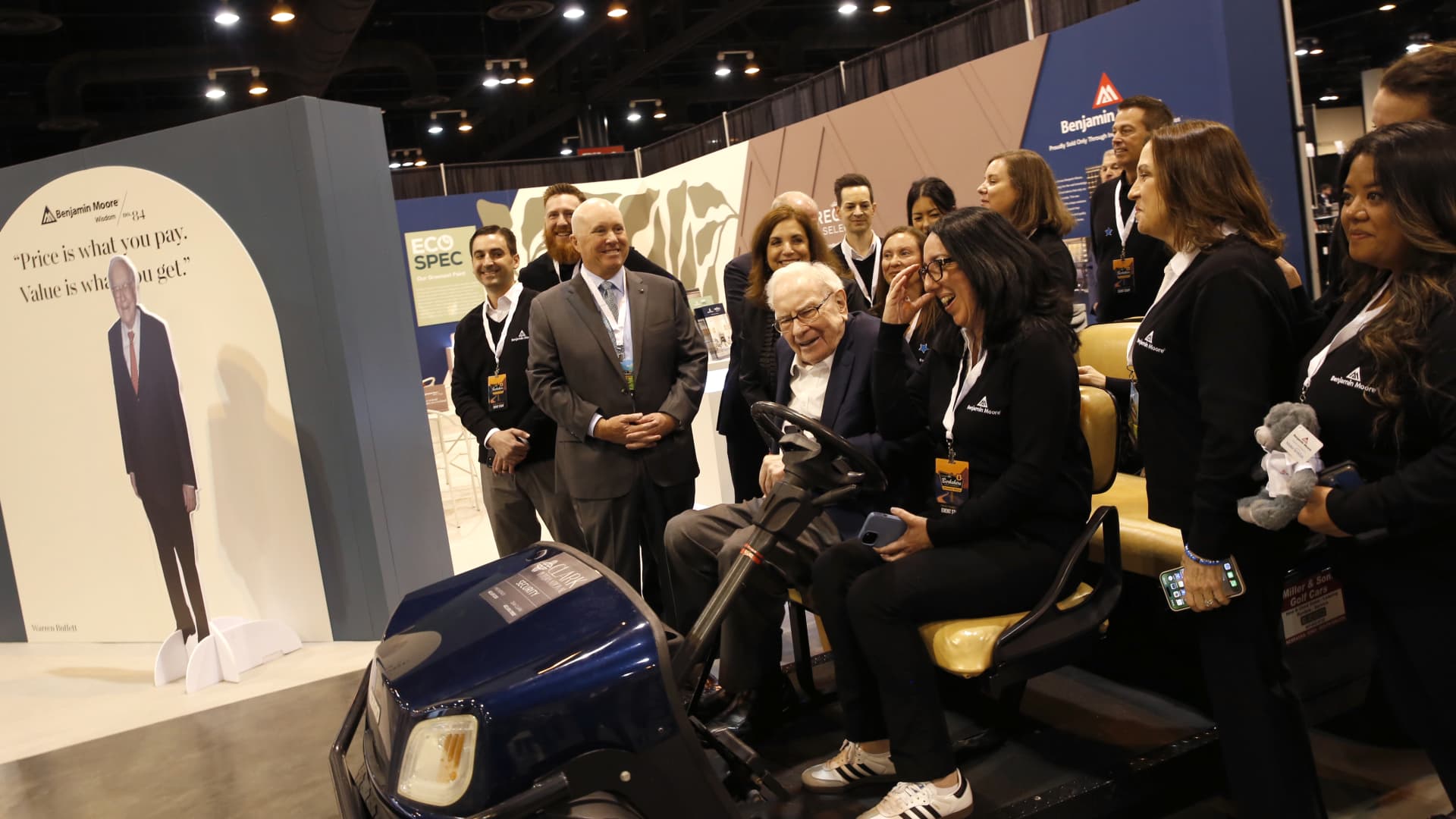Steven Smith played down his confrontation with Jofra Archer as nothing more than “good banter” after the latest instalment in their…
Author: admin
-
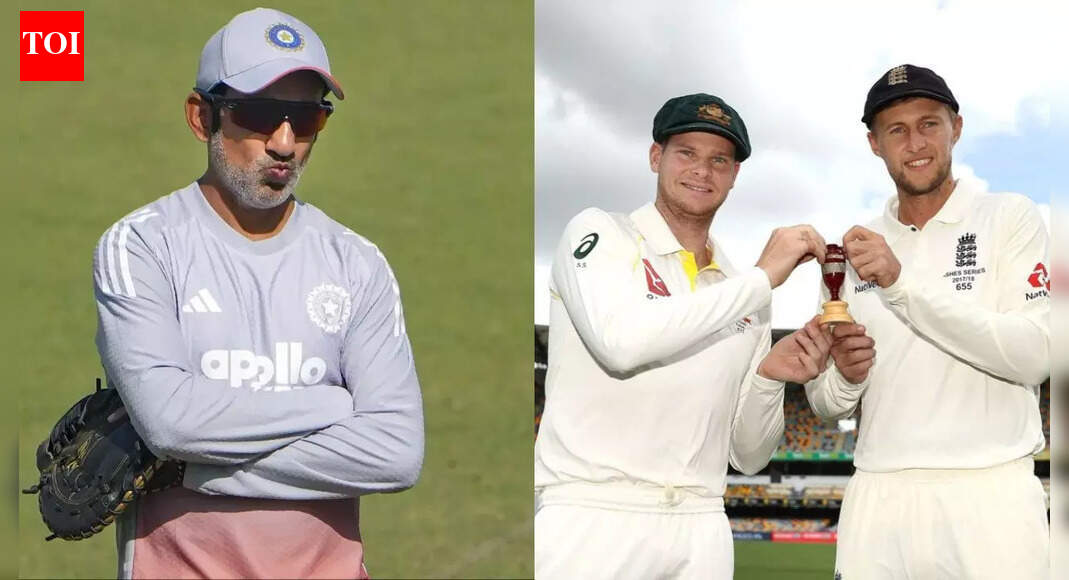
WTC 2025-27: Australia top World Test Championship standings after 2-0 Ashes lead; where are India? | Cricket News
Australia have secured a 2-0 lead in the 2025/26 Ashes series by defeating England with an eight-wicket victory in the Brisbane day-night Test on Sunday.Joe Root achieved his…
Continue Reading
-
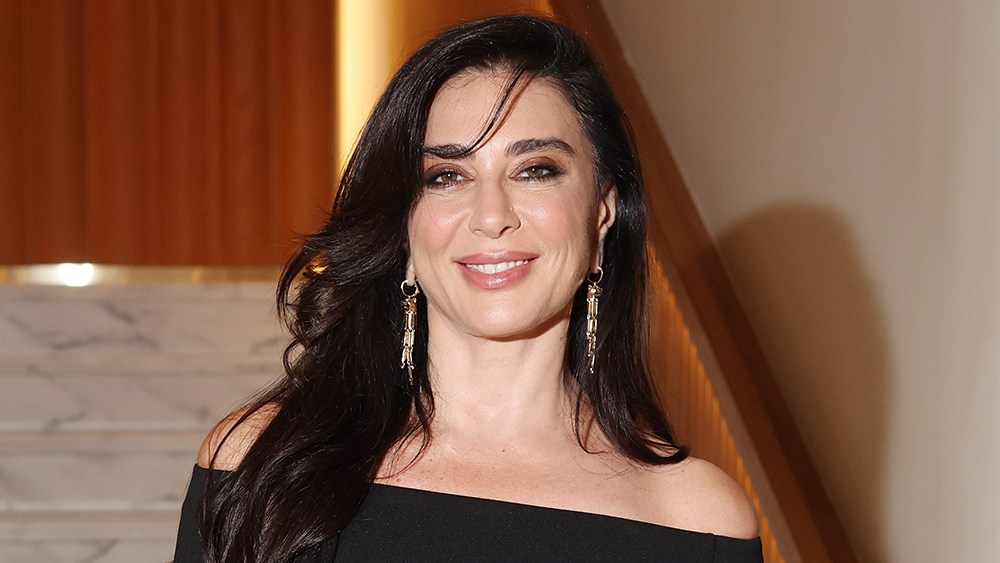
Nadine Labaki Teases Next Film as Director After Smash Hit Capernaum
Of all the attendees at the Red Sea Film Festival, only jury member Nadine Labaki can lay claim to having directed the most successful Arabic film in history.
“Capernaum,” Labaki’s third feature after “Caramel” and “Where do…
Continue Reading
-

Duerksen takes final win of 2025 as Invicta Racing retain Teams’ title
Joshua Duerksen claimed victory in the Yas Marina Feature Race for AIX Racing for the second season running.
The Paraguayan started from eighth on the grid, and as was the case in 2024, fought through the pack to the top step of the podium in Abu…
Continue Reading
-

Two ancient cousins of Lucy walked on two legs in different ways
On the ancient plains of Ethiopia, early human relatives were already trying out different ways of being upright. If you grew up hearing about Lucy as the main star of that era, new fossil finds invite you to picture a busier scene, with at least…
Continue Reading
-

A Russian opera opens La Scala’s season as the theater defends art over politics
MILAN — Milan’s storied Teatro alla Scala celebrates its gala season premiere Sunday with a Russian opera for the second time since Moscow’s 2022 invasion of Ukraine. But this year, instead of drawing protests for showcasing the invader’s…
Continue Reading
-

Is Your Boss Using New Microsoft And Google Updates To Spy On You?
Is your boss really spying on you?
getty
Just ahead of the holidays, two separate updates have worried employees they may now be spied on by their bosses at work. Both affect apps you’re probably already using on your phone and computer. And…
Continue Reading
-
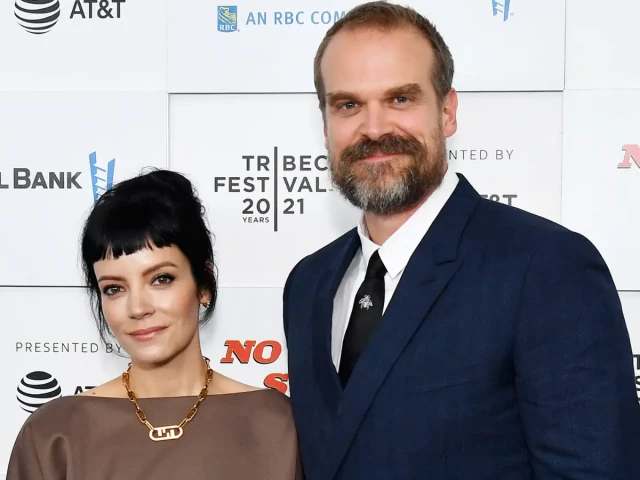
Lily Allen’s new album leaves David Harbour feeling blindsided after revealing lyrics on marriage turmoil
Lily Allen’s album reportedly exposes painful details about her marriage, leaving David Harbour embarrassed
Lily Allen’s return to music with her new…
Continue Reading
-
Islamabad hits back after Indian minister blames Pakistan army for ‘ideological hostility’ – Arab News
- Islamabad hits back after Indian minister blames Pakistan army for ‘ideological hostility’ Arab News
- FO rejects Indian foreign minister’s ‘inflammatory, misleading’ remarks about Pakistan’s armed forces Dawn
- There are good military…
Continue Reading
